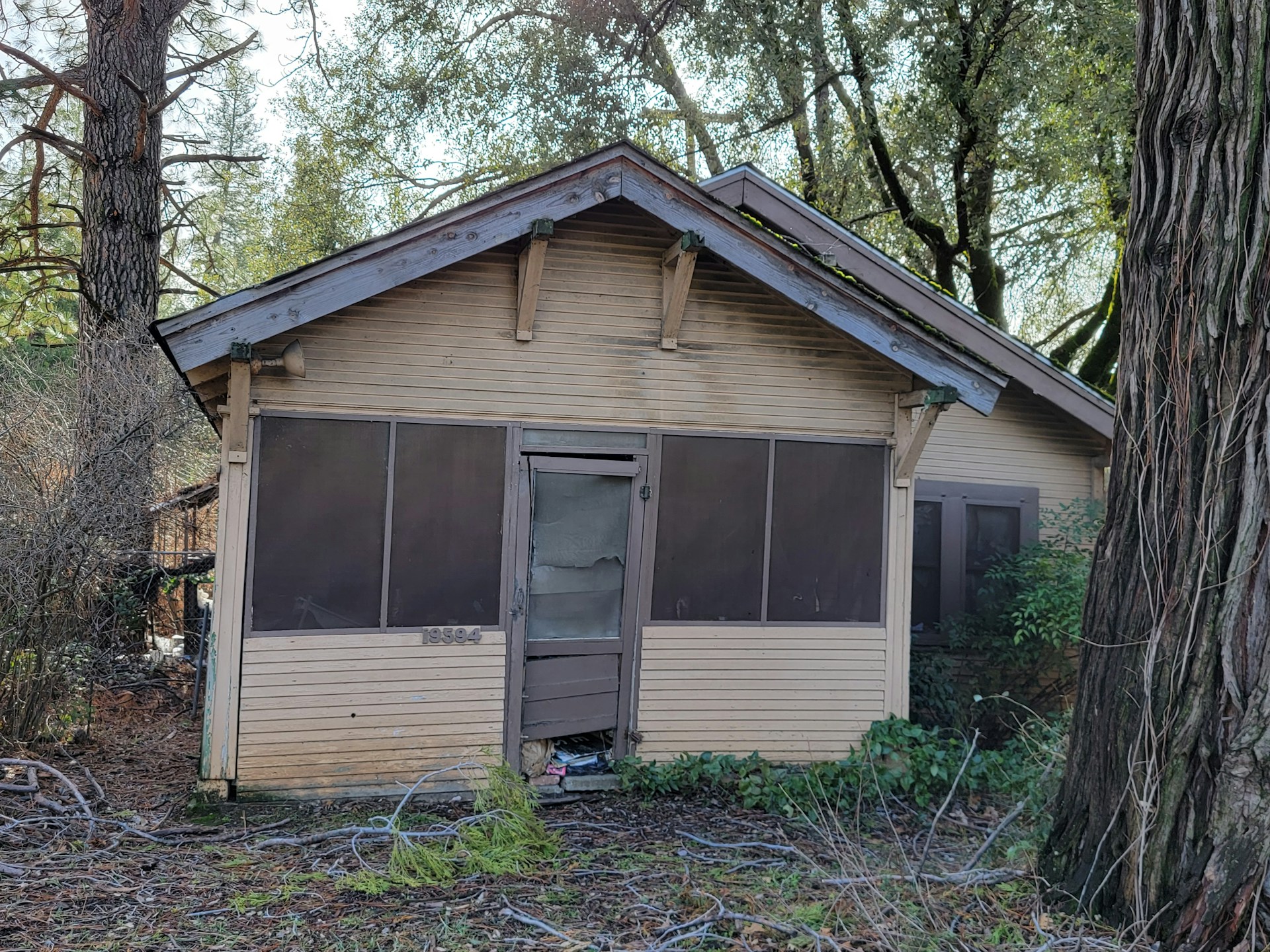House flipping—the art of buying properties, renovating them, and selling them for a profit—has become an appealing venture for those looking to combine creativity with investment. However, while the rewards can be significant, so are the risks. Here’s everything you need to know before jumping into the world of house flipping.
1. Understand the Market
Before purchasing a property, research the local real estate market. Look for areas with rising home values, strong demand, and potential for growth. Use tools like MLS, online real estate platforms, and local market reports to identify promising neighborhoods.
Key factors to consider:
– Average property prices
– Days on market (DOM) trends
– Proximity to schools, amenities, and transport hubs
2. Set a Realistic Budget
Flipping houses requires a solid financial plan. Consider all costs involved, including:
– Purchase price
– Renovation expenses
– Holding costs (insurance, utilities, property taxes)
– Closing costs and real estate agent fees
A common rule of thumb is the 70% rule: Only pay 70% of a property’s after-repair value (ARV) minus the estimated repair costs.
3. Build a Reliable Team
You can’t do it all alone. Successful flippers rely on a network of professionals:
– Real estate agents to find deals
– Contractors for renovations
– Inspectors to uncover hidden issues
– Lawyers and accountants for legal and financial guidance
4. Learn to Spot a Good Deal
Not all properties are worth flipping. Look for homes that:
– Are priced below market value
– Have cosmetic issues rather than structural problems
– Are in desirable locations with growth potential
5. Focus on Smart Renovations
Prioritize renovations that maximize the property’s value without overcapitalizing. High ROI improvements include:
– Kitchen and bathroom upgrades
– New paint and flooring
– Landscaping for curb appeal
Keep renovations on budget and avoid personalizing the design too much. Aim for neutral, widely appealing styles.
6. Plan for Contingencies
House flipping often comes with unexpected challenges, from hidden repairs to market downturns. Allocate at least 10-15% of your budget for contingencies.
7. Understand the Risks
While house flipping can be lucrative, it’s not without risks. Some common pitfalls include:
– Underestimating renovation costs
– Overestimating the property’s ARV
– Failing to account for holding costs during a slow sale
8. Learn from Others
Join local real estate investor groups, attend seminars, and network with experienced flippers. Learning from others’ successes and mistakes can help you avoid costly errors.
Final Thoughts
House flipping is an exciting way to build wealth through real estate, but it requires careful planning, thorough research, and a willingness to adapt. By understanding the basics and preparing for challenges, you’ll be better positioned to turn your flipping dreams into reality.
Ready to explore house flipping opportunities in your area? Contact us today for expert advice and local market insights!


